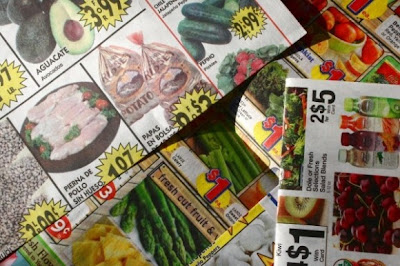HP
recently announced that they have agreed to develop and sell printing
products for the Swedish firm Handheld Group. The
license is relevant to HP’s patented thermal ink technology, which the company
will use to develop handheld printer for the logistics industry. The
electrical, mechanical, and system design of the inkjet printer is what HP will
patent to Handheld.
Once developed, the printer can feature quick-drying, smudge-free magenta ink. According to Kathy Tobin, vice president and general manager, Specialty Printing Systems, “HP continues uncovering new applications where our inkjet technology can address specific industry challenges. We’re excited to combine our resources with Handheld Group to create printing solutions that will simplify logistics and supply chain operations.”
Additional detail about
Handheld Group is available at their website.
Follow HP on Twitter @hpgraphicarts or on YouTube at www.youtube.com/hpgraphicarts.














